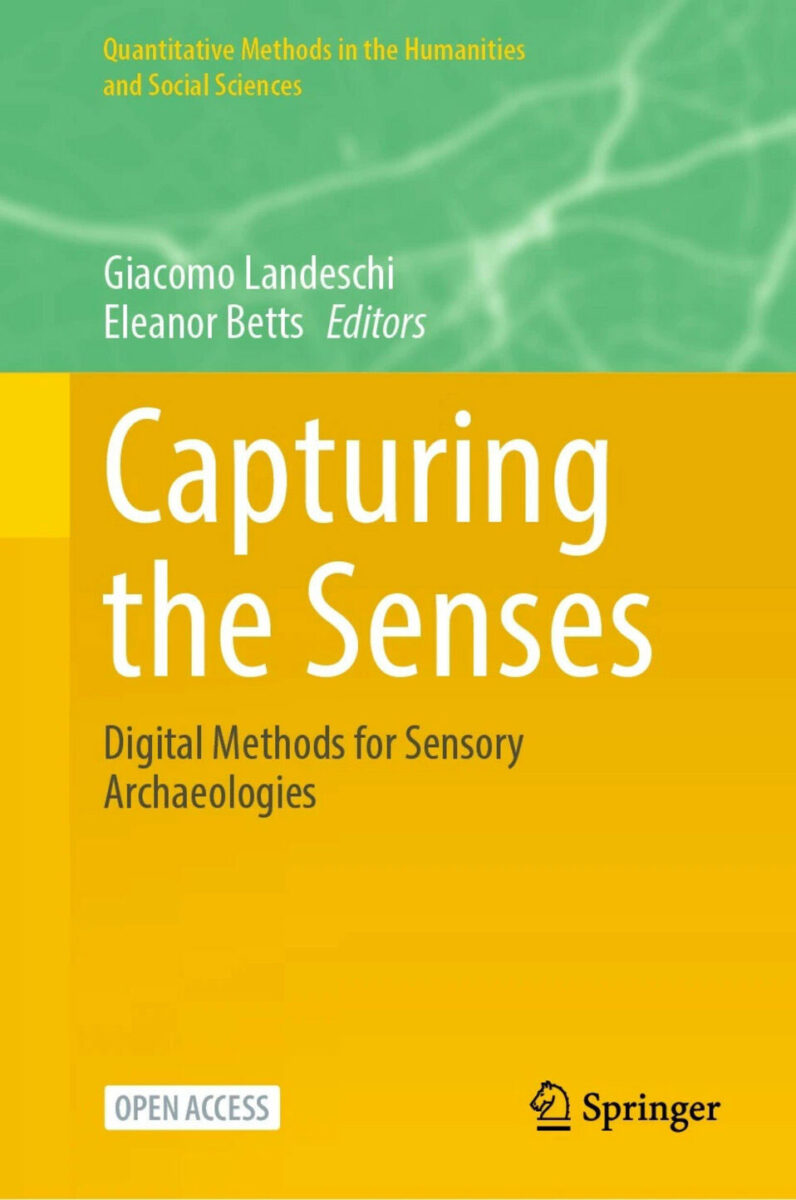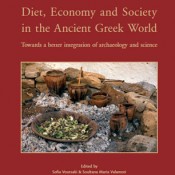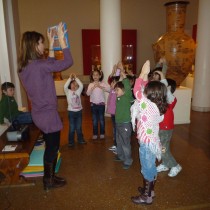Giacomo Landeschi, Eleanor Betts (eds.), Capturing the Senses. Digital Methods for Sensory Archaeologies (Quantitative Methods in the Humanities and Social Sciences), Springer Cham, 2023. XIV, 264 pp., 21 b/w illustrations, 74 illustrations in colour. Hardcover ISBN: 978-3-031-23132-2, Softcover ISBN: 978-3-031-23135-3, eBook ISBN: 978-3-031-23133-9
The exciting new open-access book edited by Giacomo Landeschi and Eleanor Betts surveys how digital technology can contribute effectively to improving our understanding of the past, through a sensory engagement based on the evidence of material culture.
The work explores in a novel way the role of sensoriality in our understanding of the past through combined approaches of digital tools and computational methods. The chapters in Capturing the Senses: Digital Methods for Sensory Archaeologies present innovative methods for representing an embodied experience of ancient space, simulating (but not recreating) ancient behaviours and social interaction. Chapters cover topics including the potentials and pitfalls of visualising, recreating, and re-enacting/experiencing the senses in Virtual Reality environments and also digital reconstructions and auralisations of ancient spaces to study sound sensory perception. Overall, the book demonstrates that multisensory approaches can give a new perspective on how ancient spaces were intended to be used by inhabitants to fulfil a series of purposes including conveying messages and regulating movement.
The book is published in Open Access and can be accessed here.
About the editors
Giacomo Landeschi is Associate Professor of Archaeology and Researcher at Lund University. His research interests include archaeological computing, landscape and field archaeology, archaeological method and theory. His current research is focused on the development of advanced computational methods for analysing the perceptual experience of a past landscape.
Eleanor Betts is Lecturer in Classical Studies at The Open University. Her research explores Roman urbanism and religion in Roman and Iron Age Italy (Picenum), underpinned by sensory studies. She develops and applies multisensory approaches to understand people’s construction, experience and use of urban and ritual space and landscapes.





